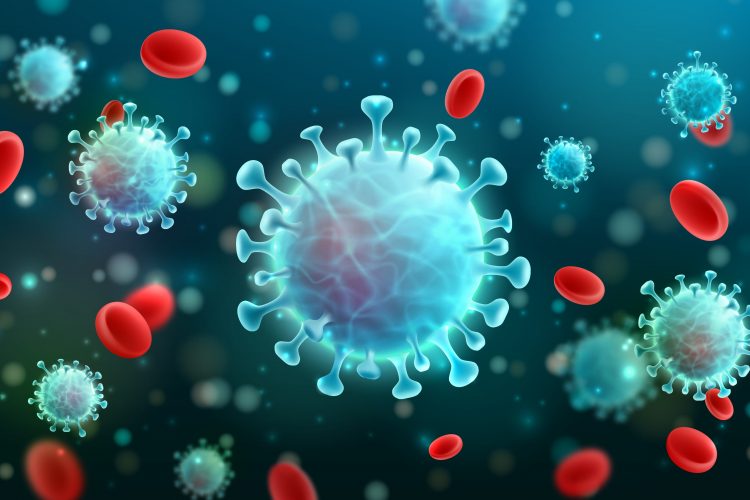IMU-838 shows some clinical benefit in moderate COVID-19 patients
Posted: 19 February 2021 | Hannah Balfour (European Pharmaceutical Review) | No comments yet
The oral treatment slightly shortened time to clinical improvement and recovery in a Phase II trial, with greatest benefits in high-risk and elderly COVID-19 patients.


Analysis from the Phase II CALVID-19 trial suggests IMU-838, a selective oral dihydroorotate dehydrogenase (DHODH) enzyme inhibitor, has shown evidence of clinical activity in hospitalised patients with moderate COVID-19.
The current analysis includes data from 204 randomised patients and includes clinical efficacy, safety, disease marker, and virology data. A final analysis of all 223 patients is expected to be available in the second quarter of 2021 with information on all endpoints.
The primary endpoint of the randomised, placebo-controlled, double-blind trial was defined as the proportion of patients without any need for invasive ventilation through day 28. The secondary endpoint was to investigate IMU-838’s ability to reduce the probability of major complications for COVID-19 patients, such as 28-day mortality, survival without respiratory failure, and probability of use of intensive care unit (ICU) treatment. As a result of relatively low rates of invasive ventilation during the CALVID-1 trial (less than one percent) and other complications, the developers (Immunic Inc.) said these were not evaluable at this time.
Despite the low mortality and invasive ventilation rates observed in this trial, clinical activity of IMU-838 was confirmed based on the assessment of multiple secondary clinical endpoints:
Time to clinical recovery
The proportion of patients reaching clinical recovery at day 7 was 18.5 percent in IMU-838 patients, compared to 12.8 percent in the placebo arm. At day 28, 71.3 percent of the IMU-838 patients and 66.7 percent in the placebo arm had recovered.
Time to clinical improvement
The proportion of patients reaching clinical improvement at day 14 was 42.7 percent in IMU-838 treated patients compared to 38.5 percent in the placebo arm. At day 28, the numbers were 90.9 percent and 87.4 percent, respectively. The relative proportion of patients not improving was 6.8 percent greater in the placebo arm than the IMU-838 treatment arm at 14 days and 27.7 percent greater at 28 days.
In addition, patients treated with IMU-838 were more likely to recover faster; the 75 percent probability to reach clinical improvement was accelerated by 2.9 days, compared to placebo. Clinical improvement was observed to be better when IMU-838 was used early in the COVID-19 disease course (within the first eight days after onset of symptoms).
Importantly, said the company, was that high-risk patients and patients aged over 65 years experienced a more substantial treatment benefit from IMU-838 than the general patient population:
- The 75 percent probability to reach clinical improvement was accelerated by 3.8 days in IMU-838 treated high-risk patients and 4.8 days in the over 65 group treated with IMU-838, compared to placebo
- In elderly patients (65 years or older), IMU-838 contributed to a faster improvement in WHO scores by at least two points. At day 14, 36.4 percent of the elderly patients reached a WHO score improvement by two points following treatment of IMU-838, whereas only 22.2 percent of those on placebo had such improvements.
IMU-838 was also shown to have antiviral and anti-inflammatory effects – observed through antibody titers and reductions in C-reactive protein (CRP), respectively. IMU-838 also more effectively reduced levels of D-dimer – a prognostic disease marker for COVID-19 – compared to placebo.
IMU-838 was found to be safe and well-tolerated in hospitalised patients with moderate COVID-19. No general safety signals regarding new or more severe adverse events were observed for IMU-838 in this patient population, as compared to placebo. The trial found fewer COVID-19 related adverse events with increased intensity in IMU-838 treated patients (7.1 percent), compared to placebo (12.6 percent). Additionally, IMU-838 did not intensify any haematological effects of COVID-19, increase the rate of infections and nor the rate of liver events in patients with COVID-19.
Related topics
Clinical Trials, Drug Development, Drug Safety, Therapeutics, Viruses









